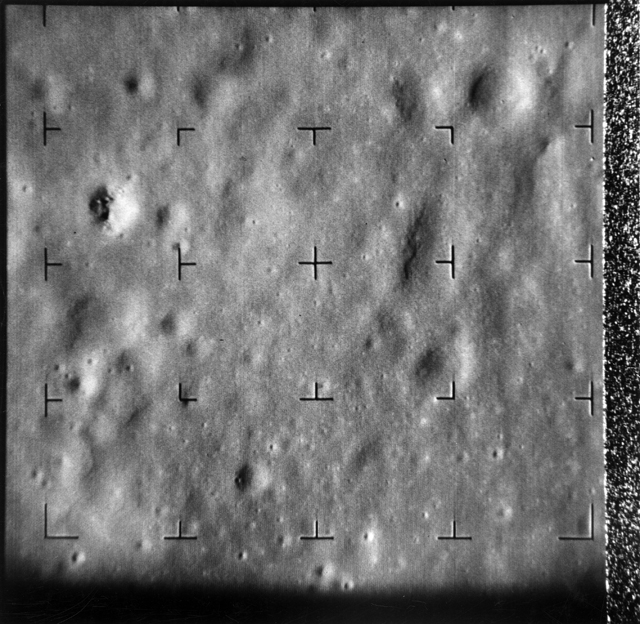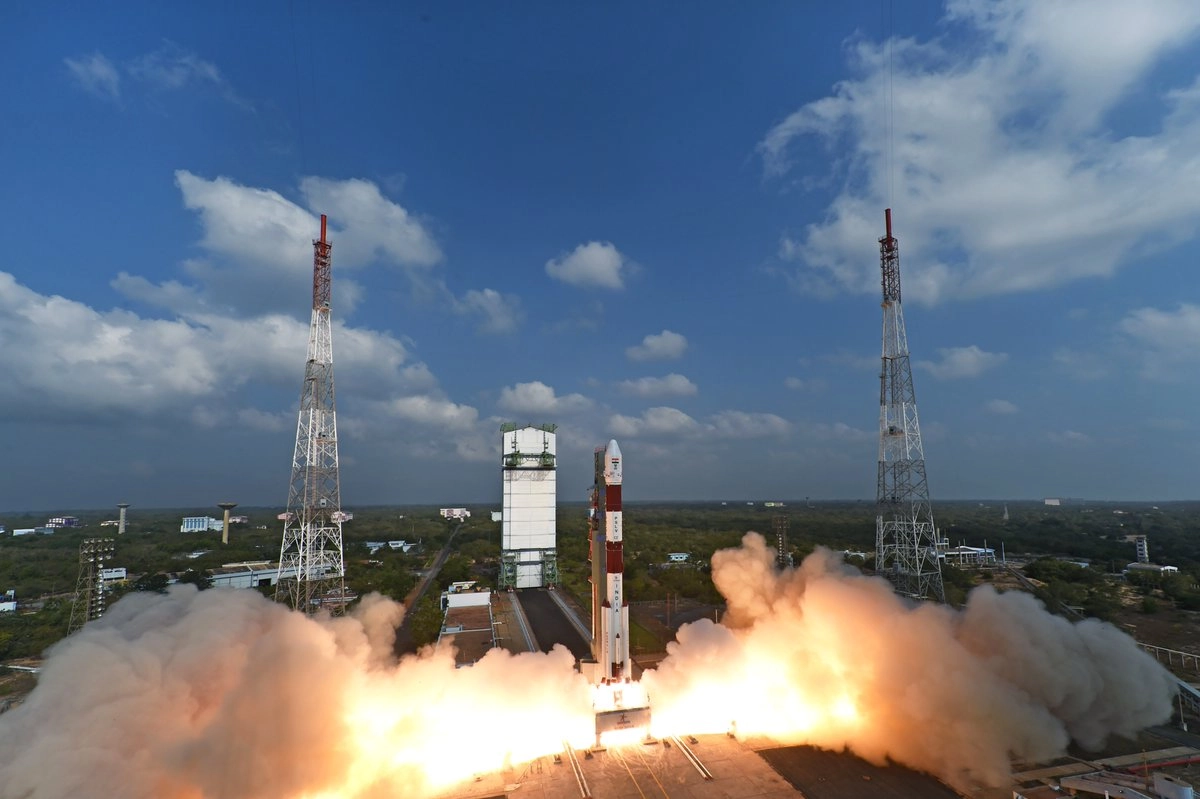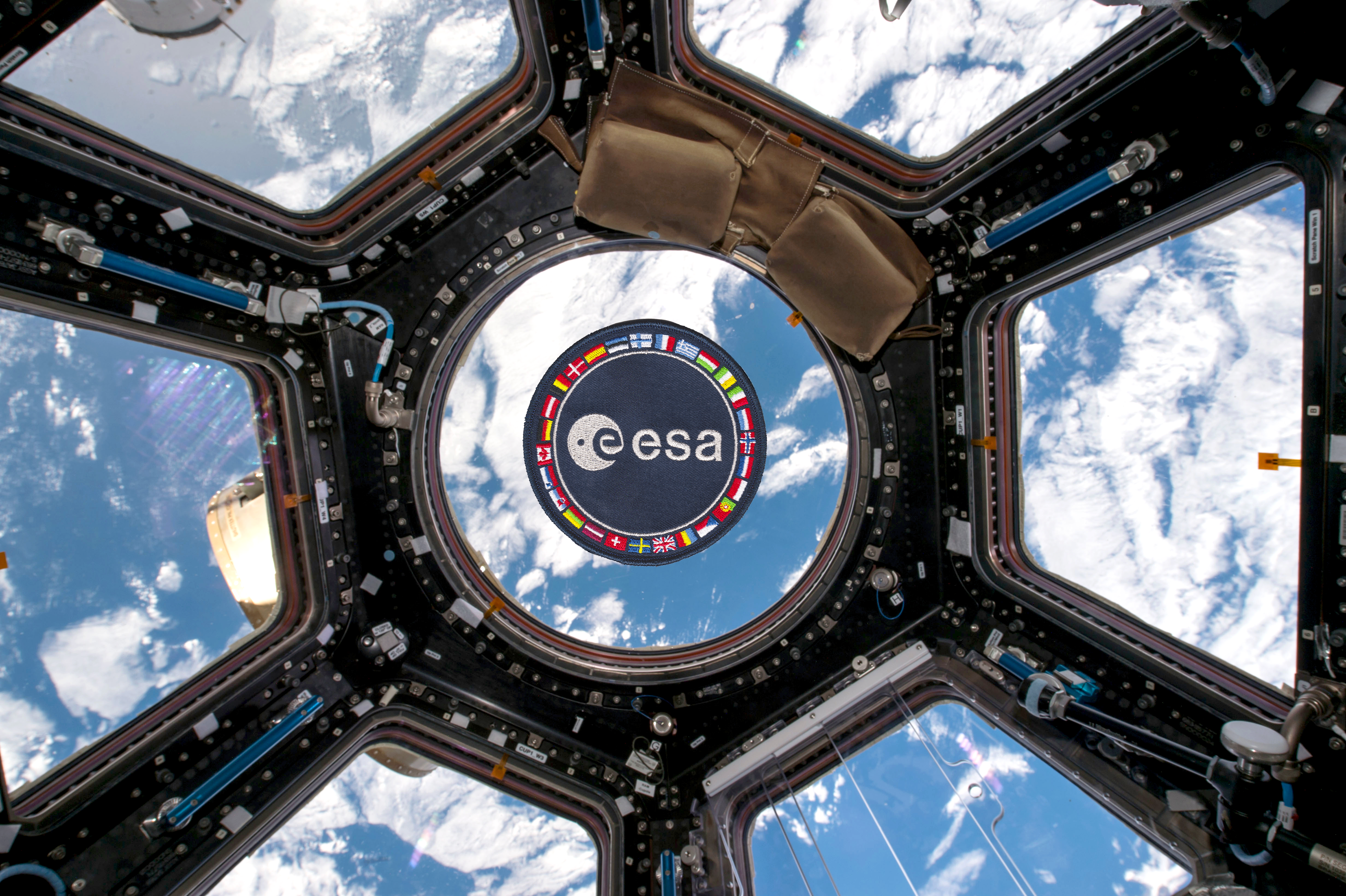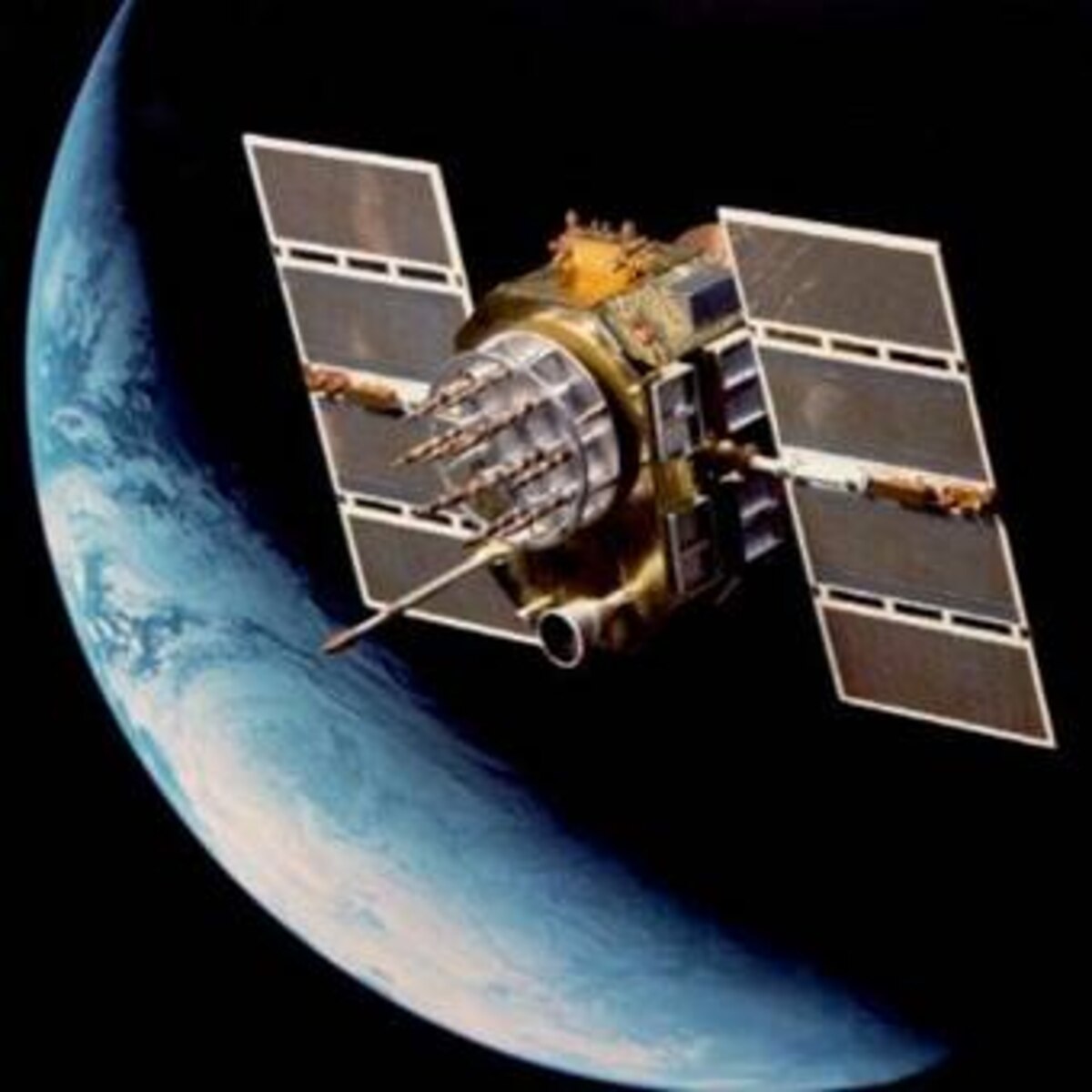· today in space history · 4 min read
The Day Humanity Got Its First Close-up of the Future Apollo Landing Site
Sixty years ago, a pioneering spacecraft called Ranger 8 captured thousands of detailed photographs of the lunar surface before intentionally crashing into the Moon, helping pave the way for humanity's first steps on another world

On February 17, 1965, at precisely 17:05 GMT, an Atlas-Agena B rocket thundered skyward from Cape Canaveral’s Launch Complex 12, carrying aboard it a spacecraft destined to dramatically alter our understanding of the lunar surface. Ranger 8, equipped with six television cameras and weighing just 366 kilograms, began a three-day journey that would end with a deliberate crash into the Moon’s surface, but not before transmitting thousands of detailed photographs that would help NASA choose the landing site for humanity’s first steps on another world.
A Mission Born of Necessity
By early 1965, NASA’s race to the Moon had reached a critical phase. While Apollo hardware was being developed and tested on Earth, fundamental questions about the lunar surface remained unanswered. Could spacecraft safely land there? What hazards might astronauts face? The Ranger program, designed to capture high-resolution images during a kamikaze dive toward the lunar surface, represented humanity’s first attempt to get an up-close look at our celestial neighbor.
Engineering for Impact
Ranger 8’s design represented a triumph of mid-1960s engineering. Its six television cameras were arranged in two self-contained channels, each with different focal lengths, to provide both wide-angle context and detailed close-ups during the spacecraft’s final approach. The entire system had to work flawlessly in the vacuum of space and survive the intense vibrations of launch, all while being reliable enough to operate perfectly during the critical final minutes of the mission.
A Journey of Discovery
The mission’s flight proved both dramatic and technically challenging. After launch, controllers successfully placed Ranger 8 into a parking orbit 185 kilometers above Earth before a second burn sent it on its lunar trajectory. A crucial course correction on February 18 initially caused concern when the spacecraft’s transmitter power dropped severely, but the team’s careful planning and quick reactions ensured the mission could continue.
The Final Plunge
On February 20, 1965, after a journey of nearly 65 hours, Ranger 8 began its historic final approach to the Moon. At 9:34:32 GMT, from an altitude of 2,510 kilometers, the spacecraft’s cameras sprang to life. What followed was 23 minutes of unprecedented lunar photography, with each image providing progressively more detailed views of the Moon’s surface.
The spacecraft’s final moments were its most productive. Racing toward the surface at 2.68 kilometers per second, Ranger 8’s cameras captured details as small as 1.5 meters across in its last frame before impact. At 09:57:36.756 GMT, the spacecraft completed its mission, impacting the Moon in Mare Tranquillitatis at coordinates 2.67 degrees North, 24.65 degrees East.
Legacy for Apollo
Ranger 8’s 7,137 photographs revolutionized our understanding of the lunar surface. The images revealed that Mare Tranquillitatis—the Sea of Tranquility—was relatively smooth and suitable for landing, information that would prove crucial when NASA selected the landing site for Apollo 11 four years later. The mission demonstrated that spacecraft could be precisely targeted to specific lunar locations, a capability essential for the upcoming Apollo missions.
Looking Forward
Today, as NASA prepares to return humans to the Moon through the Artemis program, Ranger 8’s legacy continues to influence lunar exploration. The mission established the foundation for high-resolution lunar photography and precision targeting that modern missions take for granted. Its success demonstrated that detailed reconnaissance of potential landing sites is crucial for safe human exploration—a lesson that remains relevant as we plan new adventures on the lunar surface.
The crash site of Ranger 8 still lies in Mare Tranquillitatis, a silent testament to one of humanity’s first close-up views of our celestial neighbor. While modern lunar orbiters now routinely capture images of the Moon with far greater resolution, Ranger 8’s pioneering mission sixty years ago today helped transform the Moon from a distant astronomical object into a destination for human exploration. As we prepare for a new era of lunar exploration, the spirit of precision, innovation, and careful preparation that defined Ranger 8’s mission continues to guide our journey back to the Moon.

Theodore Kruczek





